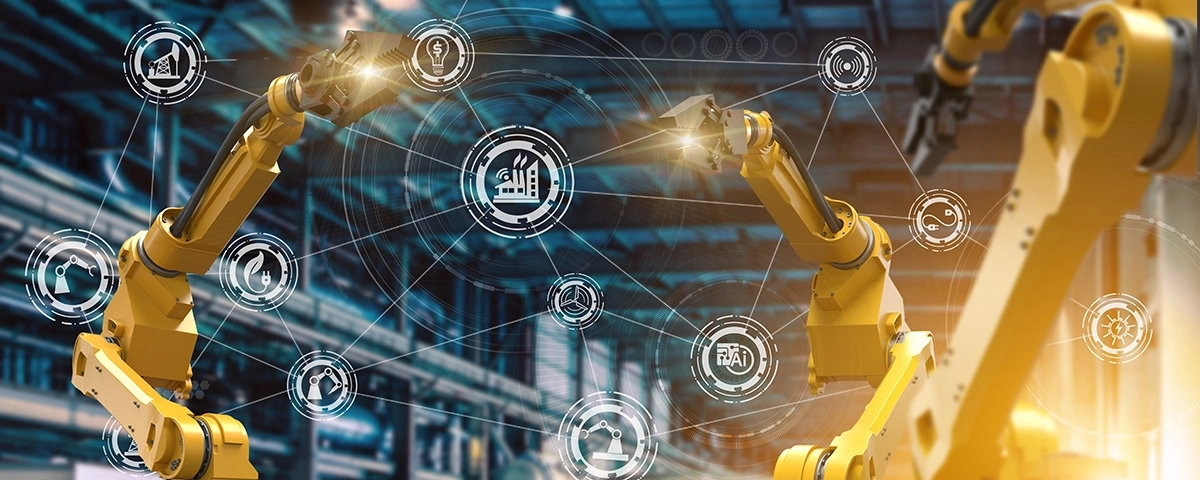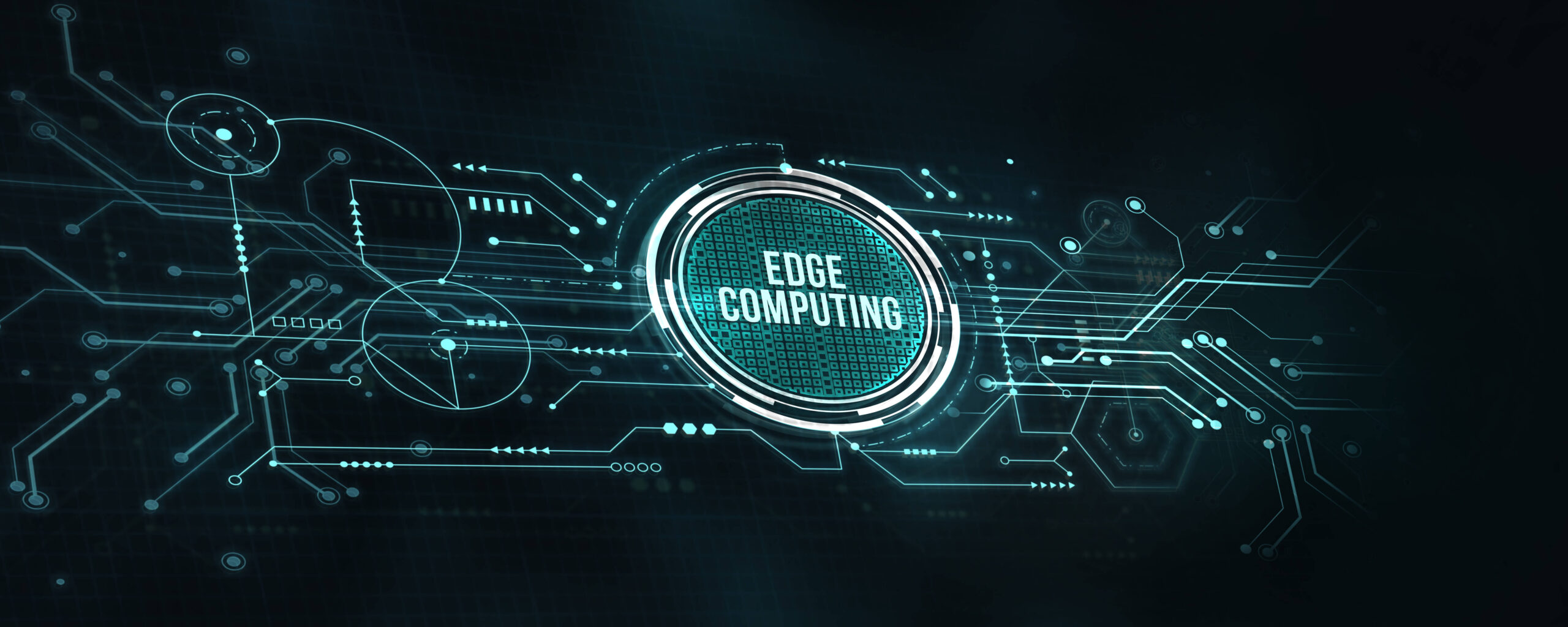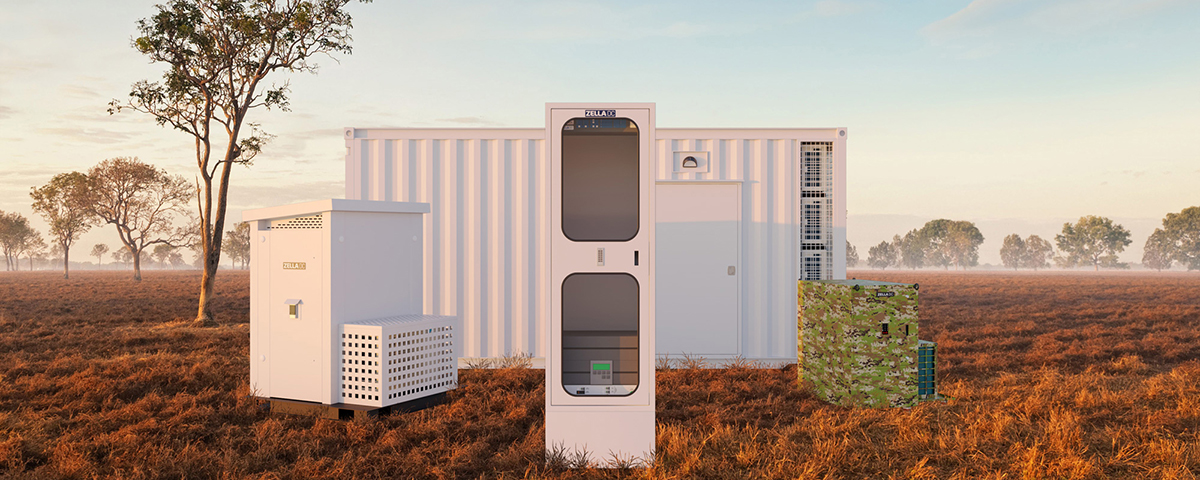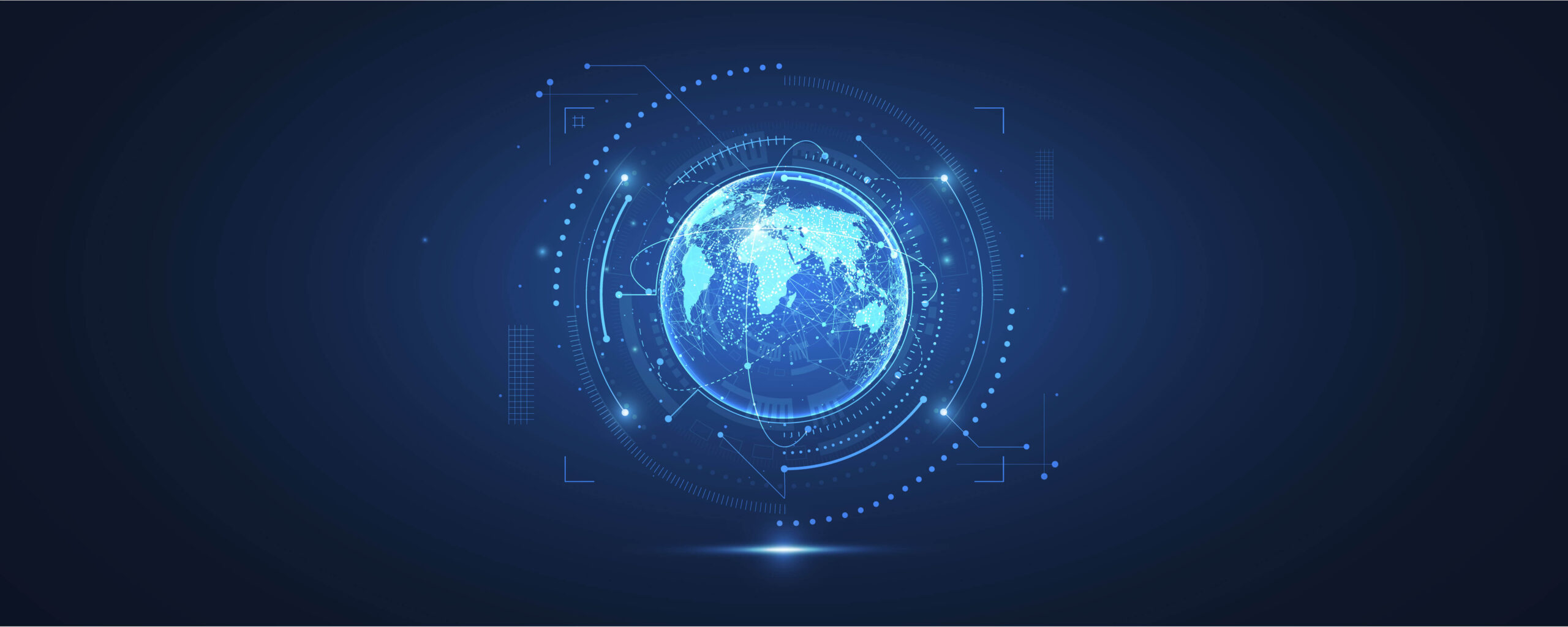In today’s technology-driven world, businesses rely on both Information Technology (IT) and Operational Technology (OT) to manage their operations. While both types of technology are essential, they have different functions and purposes. IT is focused on managing and processing data while OT is responsible for managing the physical systems that control and monitor industrial operations.
The Difference Between IT and OT
Information Technology (IT) refers to the use of computer-based systems, software, and networks to store, process, and transmit information. IT is primarily focused on managing and processing data and ensuring that the information is available when needed. IT is used in a wide range of industries, including finance, healthcare, and retail.
Operational Technology (OT) refers to the hardware and software systems that control and monitor industrial operations. These systems are typically used in industries such as manufacturing, energy, and transportation. OT includes devices such as sensors, actuators, and programmable logic controllers (PLCs) that are used to monitor and control industrial processes.
The main difference between IT and OT is their focus. IT is focused on managing and processing data while OT is focused on managing the physical systems that control and monitor industrial operations. IT is used to manage business operations, while OT is used to manage industrial operations.
Another key difference between IT and OT is the speed of operations. IT systems are designed to handle high volumes of data, but they are not typically designed for real-time processing. OT systems, on the other hand, are designed for real-time processing and control of industrial processes. This means that OT systems need to be able to process data quickly and make decisions in real-time.
Operational Technology in practice
Operational Technology (OT) is used in a wide range of industries where there is a need to monitor and control physical processes. Here are some examples in practice:
- Manufacturing: OT is used to control and monitor machines and processes in factories.
- Energy: OT is used to monitor and control power generation, transmission, and distribution systems.
- Transportation: OT is used to control and monitor traffic systems, railways, and airports.
- Healthcare: OT is used to monitor and control medical equipment and devices, such as MRI machines, ventilators, etc.
- Agriculture: OT is used to monitor and control irrigation systems, livestock feeding systems, etc.
- Construction: OT is used to monitor and control heavy machinery, such as cranes and excavators.
- Mining: OT is used to improve safety, efficiency, and productivity. It is used for autonomous vehicles, asset tracking, condition monitoring, environmental monitoring, real-time monitoring, and creating digital twins of mining operations.
Edge Computing: Bringing IT and OT Together
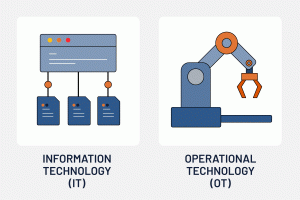 Traditionally, IT and OT systems have operated independently of each other. However, with the rise of edge computing, these two systems are starting to converge.
Traditionally, IT and OT systems have operated independently of each other. However, with the rise of edge computing, these two systems are starting to converge.
Edge computing is a distributed computing model that brings computation and data storage closer to the location where it is needed, rather than relying on a central data center. By using edge computing, organizations can process data in real-time, which is essential for industrial operations. For example, in a manufacturing plant, sensors can be used to monitor machines and detect when they need maintenance. With edge computing, this data can be processed in real-time, allowing maintenance teams to identify issues before they become major problems.
Edge computing also enables IT and OT systems to share data more easily. This allows organizations to gain a better understanding of how their industrial processes are performing, which can lead to improvements in efficiency and productivity.
Here are some of the ways in which edge computing can bring IT and OT together:
Real-Time Data Analysis: Edge computing allows for real-time data analysis, enabling IT and OT teams to work together to optimize operations and improve efficiency. For example, in a manufacturing plant, edge computing can be used to monitor production lines and identify potential bottlenecks, allowing for immediate adjustments to be made to improve output.
Predictive Maintenance: Edge computing can be used to analyze data from OT systems to predict when maintenance is needed. This enables IT and OT teams to work together to schedule maintenance at a convenient time, reducing downtime and improving efficiency.
Improved Security: Edge computing can be used to analyze data from OT systems to identify potential security threats. This enables IT and OT teams to work together to implement security measures, reducing the risk of cyber attacks or physical breaches.
Reduced Latency: By processing and analyzing data at the edge, edge computing reduces the latency associated with sending data back and forth between the edge and a centralized data centre. This enables IT and OT teams to work together more effectively, enabling faster decision-making and improving efficiency.
Small but Mighty: How Micro Data Centres Empower Edge Computing
A micro data centre is a small-scale data centre that is designed to be deployed in a variety of edge computing environments, such as retail stores, remote offices, factory floors, or hospitals. These data centres are typically designed to be self-contained and can be easily transported, installed, and maintained.
Micro data centres are a key technology that is enabling the growth of edge computing by bringing computation and data storage closer to the source of data, thus allowing companies to:
Reduce latency: Micro data centres are designed to be deployed closer to the source of data, such as on the factory floor, in a retail store, in a hospital, or on a mine site. This reduces the latency of data transfer and enables real-time data processing and analysis.
Improve data privacy: Micro data centres typically include local storage, which allows data to be cached and processed locally. This reduces the amount of data that needs to be transmitted to the cloud or a centralized data centre, which can help to reduce network congestion and improve data privacy.
Integrate with the cloud: Micro data centres can be integrated with cloud services to enable a hybrid edge-cloud computing model. This allows data to be processed and analyzed at the edge while also taking advantage of the scalability and processing power of the cloud.
Scale on demand: Micro data centres can be easily deployed and scaled up or down as needed, making them ideal for rapidly changing environments.
Find out how our micro data centres are the perfect solution for your IT and OT needs or get in touch to talk to a specialist about your specific project and challenges.

